Wins 2 Active years 1963 – 1971 Name Pedro Rodriguez | Entries 54 Role Racing driver Championships 0 Siblings Ricardo Rodriguez | |
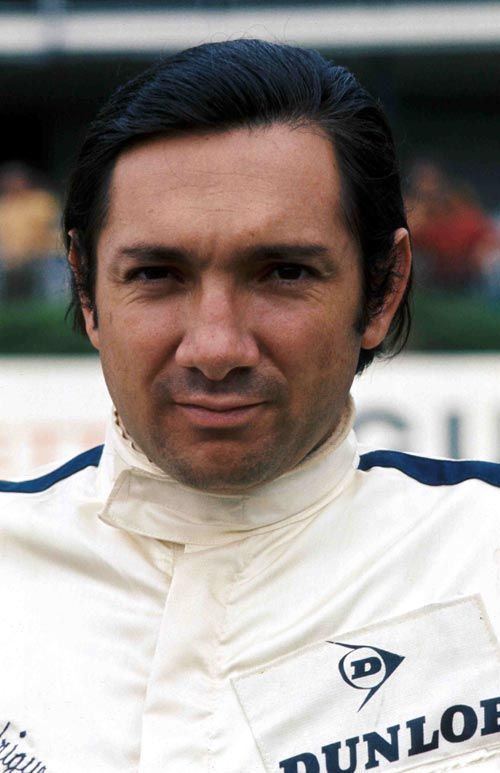 | ||
Similar People Ricardo Rodríguez (racing driver), Peter Broeker, Francois Mazet, Jo Siffert | ||
Pedro Rodríguez de la Vega (18 January 1940 – 11 July 1971) was a Mexican Grand Prix motor racing driver. He was the older brother of Ricardo Rodríguez.
Contents
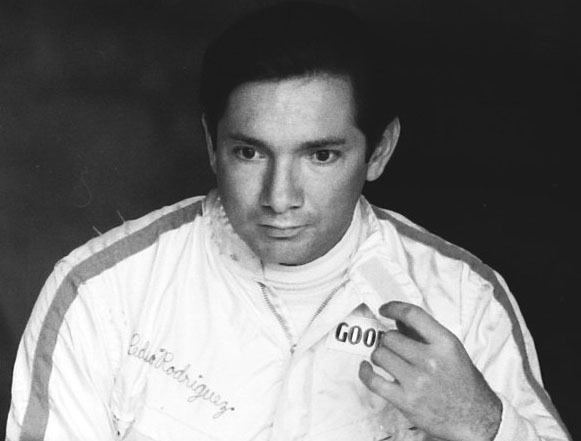
Personal
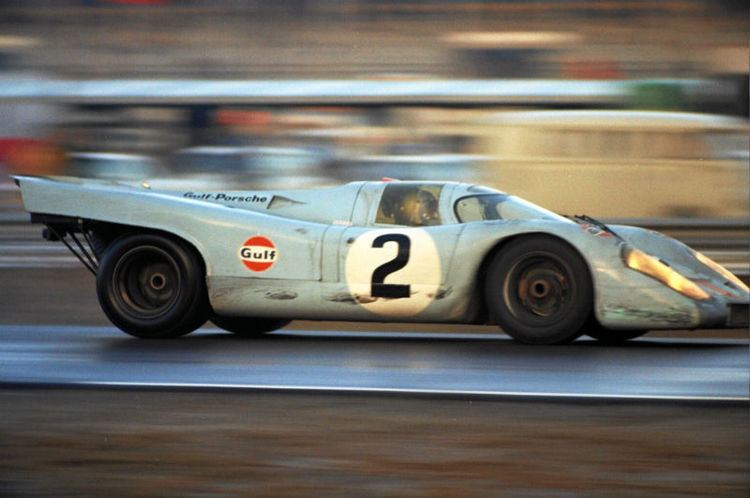
Rodríguez was born in Mexico City, Mexico, the first son of the marriage of Pedro Natalio Rodríguez and Concepción "Conchita" Rodríguez (née de la Vega), and had three brothers, Federico, Ricardo and Alejandro, and a younger sister, Conchita.
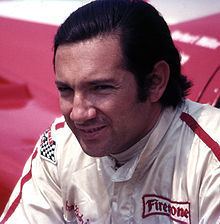
At 15, his father sent him to Western Military Academy in Alton, Illinois in order to learn English and to get more discipline.
Rodríguez brothers raced bicycles and motorcycles, becoming Mexican national motorcycle champion in 1953 and 1954. He made his international debut in cars at Nassau in 1957 in a Ferrari.

He married Angelina (née Dammy), in Mexico since 1961, although he had a girlfriend in England, Glenda Foreman, with whom he lived in Bray on Thames in his latter years, but left no children.
Rodríguez always traveled with a Mexican flag and a record of the national anthem because when he won the 1967 South African GP the organizers did not have the Mexican anthem, and instead played the Mexican hat dance.
Jo Ramírez was a very close friend to both Rodríguez as well as his younger brother Ricardo.
Career
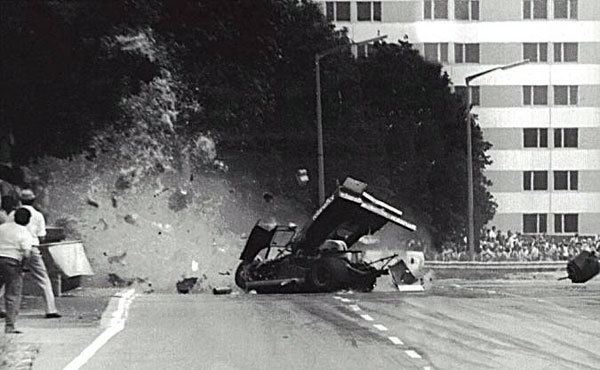
At 18 Rodríguez shared a Ferrari 500 TR at 24 Hours of Le Mans, entered by U.S. importer Luigi Chinetti, with José Behra, brother of Jean Behra, as his co-driver. Rodríguez came back every year to Le Mans, fourteen times in total, and won in 1968, co-driving with Belgian Lucien Bianchi, sharing a Ford GT40 for the JW–Gulf team.
After his brother was killed in a horrific accident while practicing for the Mexican Grand Prix, Rodríguez considered retiring from racing. However, in 1963 he won at Daytona International Speedway and took part in his first Grands Prix for Lotus at Watkins Glen and Magdalena Mixhuca. He competed in Formula One sporadically through 1966 with Ferrari and Lotus.
At the start of the new season of 1967, Rodríguez won in only his ninth Grand Prix, at Kyalami. Cooper manager Roy Salvadori allowed Rodríguez to drive the practice car, over the objections from teammate Jochen Rindt, who had demanded Rodríguez's car, with strong support from Rindt's close friend Jackie Stewart. Rodríguez's smooth, consistent driving earned him victory after Denny Hulme had had a lengthy pit stop and local privateer John Love's Tasman Cooper needed a late fuel stop. Rindt, by contrast, retired the other Cooper-Maserati after 38 laps. Rodríguez drove a controlled season in 1967 as No. 2 to Rindt. Though usually slower than his teammate, he built up experience in the older and heavier T81, while Rindt was given the improved T81B and later the brand new T86 and was also slowed by a mid-season accident. Nevertheless, Rodríguez was only marginally slower than Rindt in the Dutch Grand Prix, also the only other race in the season where the Coopers were competitive.
His performance at Zandvoort earned Rodríguez a better drive with, BRM in 1968. Rodríguez proved himself excellent in the wet at Zandvoort and Rouen where he got his only fastest lap in F1 during the French GP. Lack of power meant he had to settle for second behind Bruce McLaren in Belgian GP at Spa.
The BRM P133 faded through the year from lack of testing time after the death of Mike Spence, who team's owners favoured. Nevertheless, Rodríguez led the Spanish Grand Prix from Chris Amon for 28 laps until he made a mistake and spun off. At the end of the year, despite Rodríguez's good performances, BRM team manager Sir Louis Stanley released Rodríguez to the Parnell BRM privateer team for.
The Reg Parnell Racing BRMs proved to have hopeless engines, and after Monaco, Rodríguez left and signed for Ferrari for the remainder of the 1969 Grand Prix and sports car series.
Reentering F1 in the British Grand Prix, Rodríguez matched teammate Amon's pace in practice and led Amon by a whisker in the race. The uncompetitive 312s ran midfield until Rodríguez's car broke and Amon's engine blew for the second race in a row. Given the hopelessness of the 312 V12, the frustration of his drivers, and the slow progress with getting the new flat-12 F1 car ready, Enzo Ferrari would rather have run two Italian drivers for the rest of the season, but the Brambilla brothers, Vittorio and Ernesto, proved too slow. So, Ferrari ran Rodríguez in the last four races of the season, in NART American racing colours for the North American races, but still, effectively, as a Ferrari works team. In the underpowered car, Rodríguez managed a fourth in 1968; sixth in 1964, 1967 and 1970; and seventh in 1965 and 1969; places in his six home races in Mexico, but Ferrari didn't offer him a ride for 1970.
BRM only offered him a ride in 1970 after John Surtees decided to leave to set up his own team at the last minute. For most of 1970, Stanley clearly favoured Jackie Oliver as number one driver, perhaps partly in response to Stewart's opinion of Rodríguez and possibly because of his "old-boys' club" of Englishmen at the team. At Spa, Rodríguez won with his BRM P153 over the new March of Chris Amon by just 1.1 seconds and with an average speed of 149.94 mph (241.31 km/h), then the highest average speed in the history of F1, Jean-Pierre Beltoise got the third place in Matra.
The power of the V12 engines was particularly suited to the fast circuits with few really slow corners, such as Spa, Monza, and to a degree Brands and Nürburgring, and that was usually the case with the BRM, Matra, and Weslake engined cars. A strong drive at St Jovite saw him finish 4th. Only the need to pit in the last laps for fuel at Watkins Glen, robbed him of a victory in the United States Grand Prix, the highest paying event of the year at the time, US$50,000. The winner was a young man named Emerson Fittipaldi (23), who got the first victory of his career in F1, Reine Wisell from Lotus got the third place in the podium.
The 1971 season could have seen him as a championship contender, with a BRM P160 being prepared by Tony Southgate, and for once BRM did have consistently good engines. The BRM team, however, was overextended, trying to run three, and later four, cars. Pedro challenged Jacky Ickx magnificently in the rain during the Dutch Grand Prix, but just failed to win.
Death
Rodríguez was killed in an Interserie sports car race at Norisring in Nuremberg, West Germany, on 11 July 1971. While he was driving for the lead, a slower car driven by Kurt Hild edged him into the wall and his prototype burst into flames. The Mexican died shortly after he was extracted from the wreck. Rodríguez was at the wheel of a Ferrari 512M of Herbert Müller Racing, his friend and teammate at the Targa Florio in 1971.
Legacy
Pedro Rodríguez was considered the best driver of his era in the wet, and after many years racing for Ferrari in the World Championship of Makes for sports cars, he signed for JW-Gulf-Porsche in 1970. He became two-time world champion driver in the fearsome Porsche 917 together with his co-driver Leo Kinnunen (the sportscars series was run by teams in shifts). He developed into one of the sport's great all-rounders, racing CanAm, NASCAR, rallies and even becoming North American Ice Racing champion in 1970, invited by the Alaska Sports Car Club from Anchorage, the race was in Sand Lake. In his NASCAR career, Rodríguez earned two top tens, including a 5th in the 1965 World 600. Along with Jo Siffert, he was considered the bravest driver in motorsport, an example of this being the two touching through the then-very narrow and very dangerous Eau Rouge corner in the rain in their 917s at the start of the 1970 1000km of Spa-Francorchamps.
After winning the LMP2 class at the 2013 24 Hours of Le Mans, the first class victory for a Mexican driver since Rodríguez, Ricardo González recognized Pedro Rodríguez as his hero.
Commemoration
The first hairpin at Daytona International Speedway (the right-hand hairpin) is named the Pedro Rodríguez curve. In 1973 the Mexico City race track Magdalena Mixuhca, where F1, Champ Car, NASCAR and other series race was renamed for him and Ricardo: Autódromo Hermanos Rodríguez (Autodrome Brothers Rodríguez).
In July 2006, a bronze plaque was placed at the site of his crash in Nuremberg, a joint effort by Scuderia Rodríguez (the friends and family foundation) and the city authorities. The Scuderia keeps alive the memory of both Rodríguez brothers, serving as register for Rodríguez memorabilia and cars, and certifying them. Its Secretary General, Carlos Jalife, published the Rodríguez brothers' biography in December 2006, with an English translation ready for sale in United States, Canada, and England which won the Motor Press Guild Book of the Year award in 2009.
Formula One World Championship results
(key) (Races in bold indicate pole position; races in italics indicate fastest lap)
